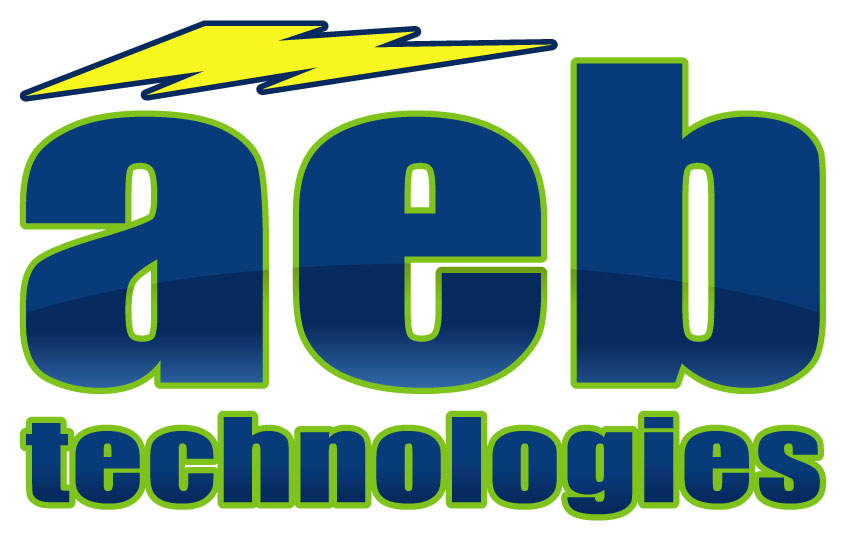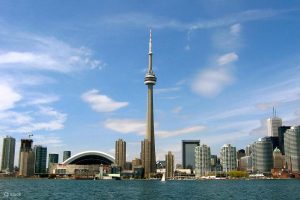
- (513) 305-0700

Ronald Sweet is the Eastern Regional Sales Manager, North America, for Critical Environment Technologies Canada Inc. (CET). As well as managing the day-to-day sales activities of a Distributor / Dealer network, he is involved with providing applications engineering support and system specifications for consulting engineers, in the fields of gas detection for life safety systems and indoor air quality control applications. Let’s learn a little more about Ron, his experiences, and what we can look forward to from CET in the months ahead.
Hi Ron. Can you provide us with a little of your background? How did you get started?
In `1979 I graduated as an electronic engineer and soon after took a job in the telecommunications field. I spent 25 years in the wireless telecom industry where I saw the birth of cellular and digital communications. I came up through the service side of the business from the bench to servicing, installation and servicing, and on to management. Eventually I became service manager for all of Canada. My career included time with a couple of international communications companies where I helped to establish their strong presence throughout Canada.
After September 11, 2001, everything changed for the telecommunications space. Money was being reallocated away from upgrades. In early 2004 I was up for a new challenge and wanted to find something in the electronics industry that was as exciting as the digital communications. I began exploring technology as it related to the environment and HVAC and came across gas detection which was in its infancy.
I interviewed with Critical Environment Technologies and was immediately attracted by the family atmosphere and the fact that they were beginning to capture significant market share. That was 19 years ago, and I think we’ve done very with ourselves.
What do you enjoy most about working for CET?
What Attracted me to it to begin with is still why I love it today. It feels like a family. The owners are involved and more interested than simply gaining market share. They are interested in growing the business through our network, partners, and quality products.
As far as my job goes, I enjoy interfacing with the engineering community, teaching them things that I learned. In engineering school, you learn how to move, heat, and cool air. You don’t learn the science or chemistry about what happens if a toxic or combustible gas builds up in a building envelope. So, the fact that I get to go out there and teach the engineers how to use the HVAC system to mitigate problems that may arise in regard to human and property safety is extremely rewarding.
I also like working with and supporting our customers and help them to acquire big projects and grow their business.
What are some of the biggest changes you’ve seen in the industry throughout your career?
I equate the gas detection industry to the fire detection industry which has been around for well over a century. In that period of time, they implemented rules and regulations to protect property and people inside buildings. While the idea of gas detection has been around since the days of a canary in a coal mine, its technology as we know it today has only been around for about the last 25 years.
Developments in regard to monitoring heating and cooling comfort and air quality safety inside the building envelope have advanced exponentially in terms of functionality, reliability, and affordability. And they have saved hundreds of thousands of lives.
These advances along with the ability to leverage smart ventilation technology to delude hazard gas buildup and in conjunction with growing environmental concerns led to tremendous growth for solution providers like CET.
OK, what sets CET apart? Aside from you and your sales team of course.
CET was founded on the principle of delivering the best product for the application. We do not claim to have a solution to a problem until we have a proven product that we are highly confident in. We’ve been in business for more than 25 years and have the breadth and depth of knowledge and experience to apply technology to specific applications.
Because we know all of the sensor element manufacturers, we can select a C0 sensor from manufacturer A, and a N02 sensor from manufacturer B to provide our customers with the best sensor for lifespan, accuracy, stability, and for ease of deployment, calibration, servicing, and so on,
What can we look forward to from CET in the coming year? Anything you’re free to talk about?
Yes! We have a new product coming out soon that we’re very excited about. CET’s CGas-SC is a self-contained unit that can support remote sensors. Eventually, the unit will have the ability to communicate with other units. More information will be available soon on our website.
What is your experience in working with AEB?
I’ll tell you that the folks at AEB are a pleasure to work with. They are knowledgeable about the manufacturers they represent and work hard to stay up to speed on new technologies, features, and applications. AEB is a valued CET partner and I always enjoy collaborating with them on projects. There’s great potential to grow business even more and we’re excited to be a part of that.
What’s something about you that not many people know? Any interesting hobbies?
 Well, I really like to learn new things. Not just about the gas detection, telecommunications, or technology but a number of subjects. I also enjoy cooking. I’m the chef around the house and prepare most of the evening meals. I can cook just about anything, but my specialty is probably seafood and pasta. It’s a great way to relax and provide an interesting meal for my family.
Well, I really like to learn new things. Not just about the gas detection, telecommunications, or technology but a number of subjects. I also enjoy cooking. I’m the chef around the house and prepare most of the evening meals. I can cook just about anything, but my specialty is probably seafood and pasta. It’s a great way to relax and provide an interesting meal for my family.
In 1982, a few years after the CN Tower was completed there was deregulation in the telecommunication industry in Canada which allowed for private commercial radio telecommunication transceiver antennas to be installed, I helped to install one of these antennas at the top of the CN Tower. Looking back, it was pretty amazing.